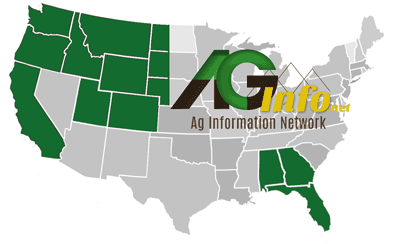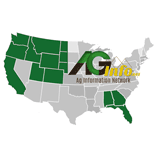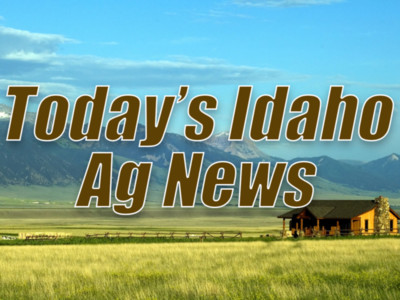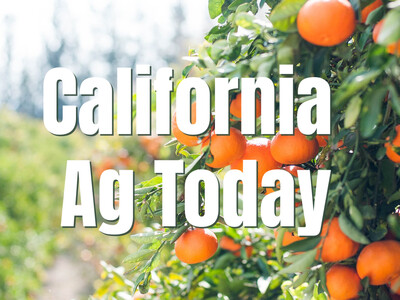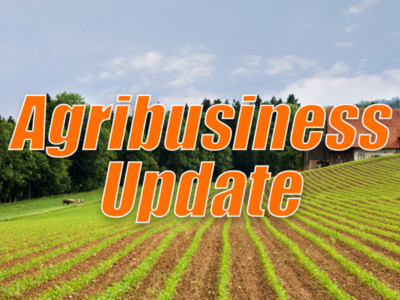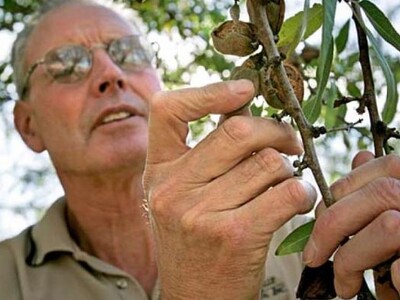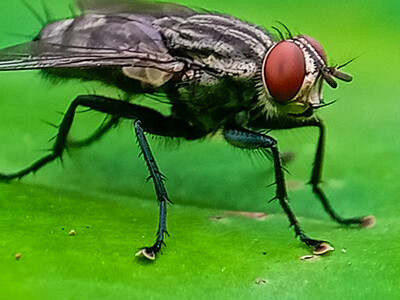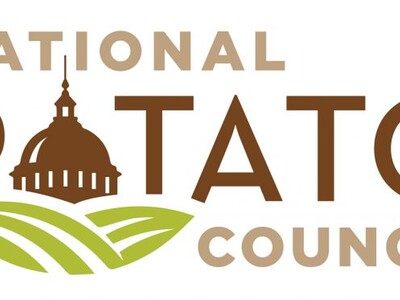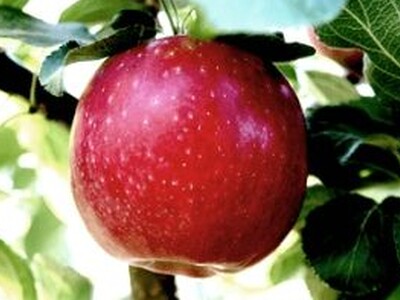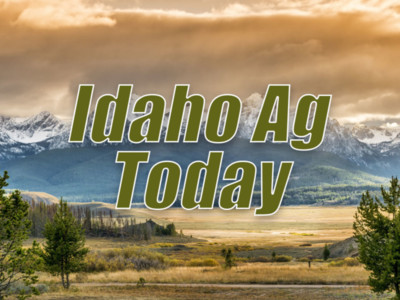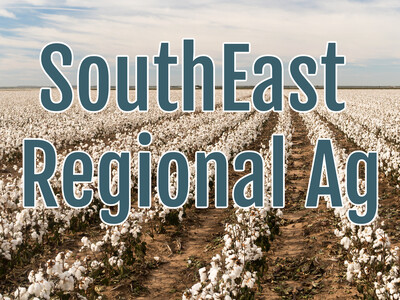3-22 IAN Quinoa
What is a Quinoa? Researchers from Oregon State University are exploring the potential for quinoa to grow in the Northwest’s diverse climates. Preliminary experiments have shown that some varieties of quinoa, harvested for its tiny grain-like seeds, can be cultivated in the Northwest. To expand on those findings, OSU is a partner on a four-year, $1.6 million grant from the U.S. Department of Agriculture.
Growing demand for quinoa worldwide has more than doubled its price in the past decade – possibly creating an economic opportunity for Northwest farmers. Few Northwest farmers grow quinoa and little is known about its commercial viability in the United States. Most quinoa sold domestically is imported from South America.
The crop is harvested for its seeds that have a nutlike flavor and fluffy texture when cooked. In addition to high levels of protein, quinoa contains higher amounts of calcium, iron, fiber and vitamin B than similar foods, like rice, wheat and barley. OSU agronomist Stephen Machado has another description for it: “The nutritional quality is like dried whole milk, and gluten sensitive people, people who are sensitive to wheat, this could be one good crop for them.” Quinoa is increasingly used as a starch substitute in place of rice or potatoes. In some recipes, quinoa flour can replace wheat flour, making recipes viable for those with gluten-free diets.
